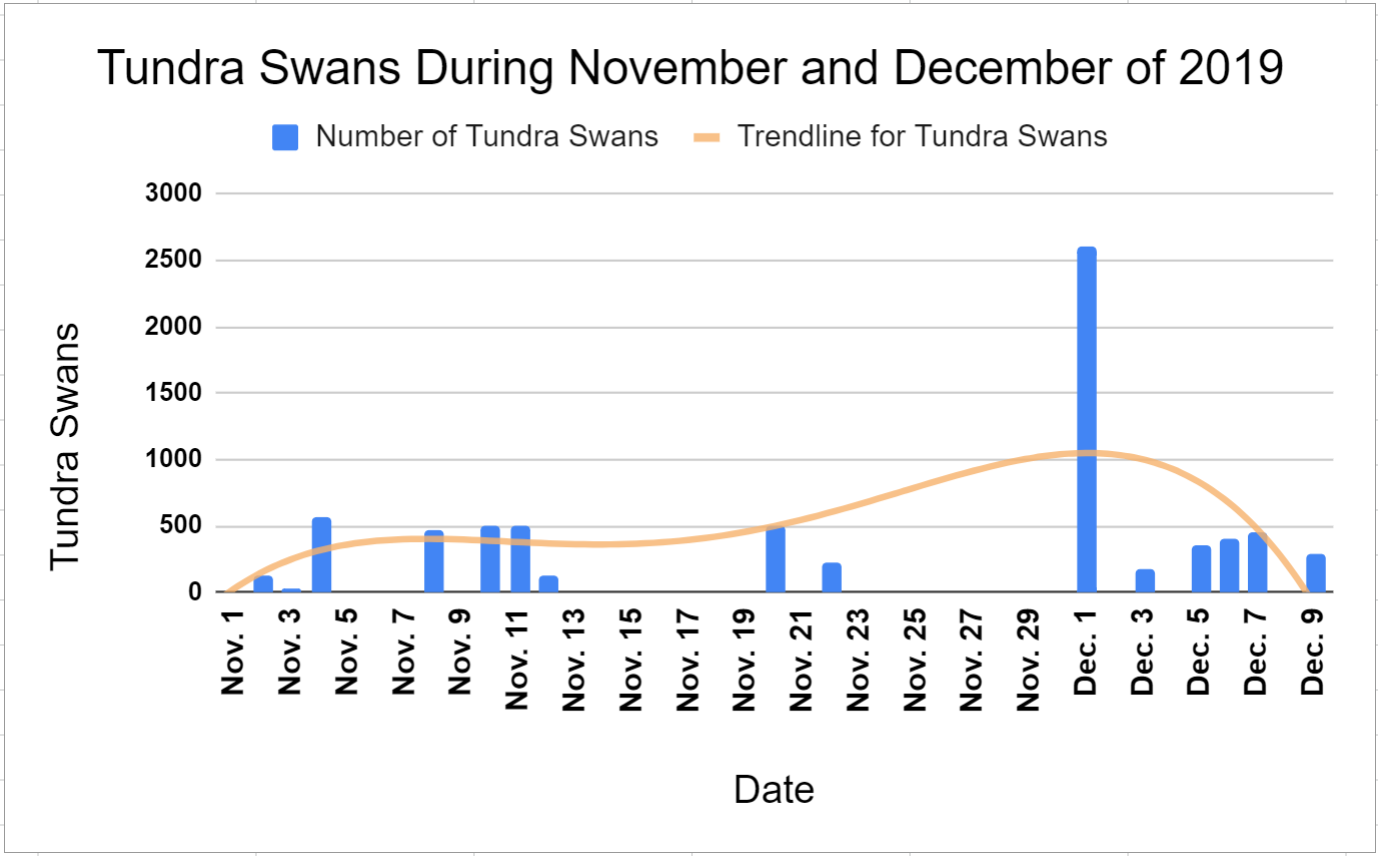If snowy owls come and spend the winter with us, they usually arrive around the first of the new year. This year UW Arlington Research Farms manager Mike Bertram called and reported the first snowy owl on the morning of December 11th. It did not take long for us to confirm his sighting. Snowy owls usually sit at the same location all day and begin hunting near dark.
Arlene Koziol, a dedicated wildlife photographer based in Madison and who you see featured all over the Madison Audubon website, had recently asked if we had been seeing any snowy owls. We alerted her of the recent observation and the next evening she posted some of her photos of the new bird to her Flickr page.
Snowy owl take-off. Photo by Arlene Koziol
Snowy basking in sun. Photo by Arlene Koziol
The snowy who has been hanging around UW Farms. Photo by Richard Armstrong.
Snowies feel at home in the flat expanse of corn fields, which mimic the openness of the tundra. Photo by Richard Armstrong.
The winters of 2013 and 2014 were major invasion years for snowy owls. We remember one account where someone saw 75 snowys while standing in the same spot along the east coast in Canada. It didn’t take long for a group of biologist with an interest and knowledge about tracking technology to form Project SNOWstorm.
Project SNOWstorm scientist Dave Brinker and team have refined their light-weight tracking backpack worn by the owl. The pack contains a solar panel, battery, GPS unit, and cell phone for calling in. Brinker is a SNOWstorm co-founder who grew up in Racine and studied at UW-Green Bay. Dave works as a biologist for Maryland DNR.
In 2014, we inquired about catching and “backpacking” an owl in the Goose Pond area and learned that it would cost $3,000 for the transmitter. Thanks to generous MAS members we raised the transmitter funds and Gene Jacobs, master bird bander and raptor biologist from Stevens Point was ready to catch a local owl if possible. Gene is the only person in Wisconsin with authority to capture and place transmitters on snowy owls.
Gene caught a young male snowy owl at the Central Wisconsin Airport, removing it from dangerous runway areas. He placed a transmitter on “Goose Pond” on February 13, 2015 as part of a relocation project to see if the owl would stay around or head to another airport. Mark was thrilled to release the owl at the UW Farms. Read more about that project here.
Mark Martin releases “Goose Pond” the snowy owl near its namesake, Goose Pond Sanctuary. Photo by Arlene Koziol
Peggy Macnamara, Artist in residence at the Field Museum, with Mark holding the painting she created of the experience. Photo by Arlene Koziol
Arlington stares right at the camera. Photo by David Rihn
Our second owl, also a young male named “Arlington” was caught on January 4, 2018 along with another owl that was banded and named Quarry. Goose Pond volunteer Gerry Bennicoff will never forget releasing Arlington at in the dark on a cold winter night. Arlington provided hourly locations include his travels around southern Wisconsin and unfortunately was hit by a vehicle in late April in northeast Minnesota. Read more about Arlington’s story here.
In January 2019, our partners at Buena Vista March caught and released another snowy owl named “Coddington” who was outfitted with Arlington’s refurbished transmitter, paid for by Madison Audubon donors. Coddington made a narrow escape when he was rescued from a manure pit in a barn in central Wisconsin by the farm family who lived there. Coddington was rehabbed with the Raptor Education Group, Inc. (REGI), and his transmitter once again held back and refurbished for future use.
Coddington, the snowy owl. Photo by Brad Zinda
Now, we are almost ready for a THIRD go-round with this transmitter, hoping to outfit the snowy owl hanging around Goose Pond Sanctuary and the UW Farms right now. Based on the wing molt shown in Arlene’s photos, Dave Brinker was able to determine the owl is a 30 month old female. Our goal is to trap her and release her with a transmitter. However, adults are difficult to trap.
Photo by Arlene Koziol, annotations for aging the bird.
Photo by Arlene Koziol, annotations for aging.
Project SNOWstorm will have transmitted about 100 owls by the end of this winter and provides interesting and frequent updates on their project. We especially liked the story of Buckeye.
We will be providing updates if we trap an owl. The owl has been seen about 2 miles southeast of Goose Pond in the local area of Highway K, Badger Lane and Ramsey Road. Late afternoon is an excellent time to look for snowys since they usually become active at dusk and move to hunting perches.
The owl track near this pile of rock pigeon feathers gives a good indication of what happened here. Photo by Graham Steinhauer.
One afternoon Richard Armstrong reported that the owl was feeding on a larger prey item for over an hour. We mentioned that it could be a rock pigeon. Richard replied that he “had not seen any rock pigeons around”. Graham and Richard checked the next day and found a pile of rock pigeon feathers.
One easy was to locate a snowy owl is to look for parked vehicles. Owl watchers should not impact traffic, trespass off the road, or get out of their vehicles if the owl is close by. If you see some bad behavior let us know by calling Mark at 608-333-9645.
Volunteers are welcome to search for snowys two days before Gene would trap and on trapping day. Please send us snowy owl observations including locations and photos (goosep@madisonaudubon.org). Enjoy the snowys this winter.
Written by Mark Martin and Sue Foote-Martin, Goose Pond Sanctuary resident managers





























